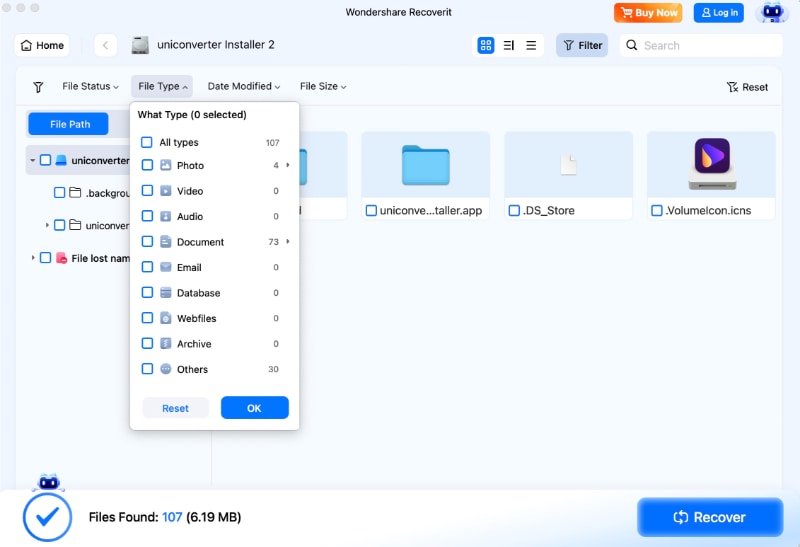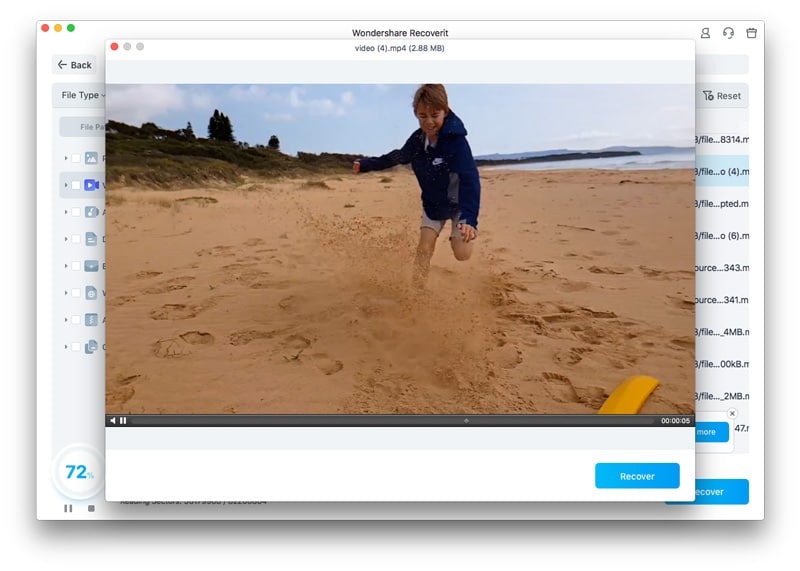Losing data from RAID drives can be very stressful. RAID is a way to join several hard drives into one system. This improves your computer's speed and keeps your data safer. It's like having multiple drives work together to make things faster and more secure. However, even with these benefits, data loss can still happen for various reasons, such as hardware failure, software issues, or accidental deletion.
When data is lost from a RAID drive, it may seem like a huge problem. You might worry that your important files are gone forever. But don't worry! We will explore simple methods to recover data from RAID drives. This article will guide you through the process of RAID drive recovery, explaining the steps you can take to retrieve your lost files. We will explore different methods to perform RAID array data recovery, so you can find the best solution for your situation.
Additionally, we will offer tips to help you prevent data loss in the future. By understanding how RAID drives work and knowing what to do if something goes wrong, you can protect your data more effectively. Whether you need to recover data from RAID 0, RAID 1, or RAID 5 hard drives, this article has got you covered. Let's dive in and learn how to keep your data safe and recover it if needed.
In this article
Part 1: What are RAID Drives?
Think of RAID drives as a group of hard drives working as one. They team up to either work faster or keep your data safer (or both). There are three main types:
- RAID 0: Built for speed, but risky since it doesn't backup your data
- RAID 1: Makes a complete backup by copying everything to another drive
- RAID 5: Gives you both good speed and protection, making it a balanced choice
It's like having different team setups - one for speed, one for safety, and one that does both pretty well.

Part 2: Why Data Gets Lost on RAID Drives?
There are several reasons why data might get lost from RAID drives:
- Hardware Failure: Disk or controller issues can lead to data loss.
- Software Issues: Problems with software or RAID configuration can cause errors.
- Human Error: Mistakes like accidental deletion or formatting can result in data loss.
- Power Surges: Sudden power failures can corrupt RAID arrays.
- Virus Attacks: Malware can damage or delete data on RAID drives.
- RAID Rebuild Failure: Errors during a RAID rebuild can lead to data loss.
Part 3: Types of RAID Drives: Is RAID Drive Recovery Possible?
RAID drive recovery depends on the RAID configuration and the cause of data loss.
- RAID 0: Since there is no data redundancy, recovering data from RAID 0 hard drives can be challenging. However, with the proper tools and techniques, data recovery is still possible.
- RAID 1: Data recovery is simpler because it uses mirroring. If one drive fails, the data can be recovered from the other drive.
- RAID 5: Recovering data can be quite complex. Using parity information, it is possible to rebuild lost data and recover it from RAID 5 hard drives.
Part 4: How To Recover Data From RAID Drives
Losing data from RAID drives can be a big problem, but don't panic! There are several ways to get your important files back. In this section, we'll cover different methods you can use for RAID drive recovery. From using special software to seeking professional help, we've got you covered.
Here’s how to recover data from RAID drives step by step.
Method 1: Use Recoverit for RAID Drive Recovery
Recoverit is a reliable tool for recovering data from RAID drives. Whether you need to recover data from RAID 0, RAID 1, or RAID 5 hard drives, Recoverit can handle it. This software is designed to find and restore lost or deleted files from RAID arrays efficiently. It doesn't matter if the data loss was due to accidental deletion, formatting, or disk failure—Recoverit can help bring your files back.
Recoverit is a user-friendly data recovery tool that anyone can use, regardless of their technical knowledge. The software does all the heavy lifting - you just need to start a scan, wait while it searches your RAID drives, and then pick which files you want to get back after previewing them.
With Recoverit, RAID disk recovery becomes a straightforward task, making it an effective solution for anyone facing data loss issues.
To use Recoverit, follow these steps:
- Get the Recoverit and install it on your device (Windows or Mac). Launch Recoverit and select the drive for RAID recovery. Click the "Start" button.

- Recoverit will now scan the drive for lost files.

- Preview the files. Select the ones you want to recover. Click "Recover". Save the files to your computer.

Method 2: Rebuild the RAID Array
Rebuilding the RAID array can often solve many issues that cause data loss. The process involves following specific instructions provided by the RAID controller, which is the device or software managing the RAID setup. It’s important to carefully follow these instructions to ensure the rebuild process goes smoothly.
During the rebuild, the RAID controller will try to fix the array by reconstructing the data using the information from the remaining good drives. If the rebuild is successful, you can recover the RAID array data and regain access to your files. This process can take some time, but it's a crucial step in RAID recovery.
Always make sure to check the RAID controller's guidelines and follow them closely to maximize the chances of a successful rebuild and data recovery.
To rebuild the RAID array, you usually need to:
- Make sure you know the original RAID configuration. If any drives are damaged, replace them with new ones.

- Access the RAID controller's interface to start the rebuild process.
Method 3: Seek Professional Data Recovery Services
If the above methods do not work, professional data recovery services can help. Experts have the tools and knowledge to perform RAID file recovery and recover your lost data.
Professional data recovery services can:
- Experts will determine the cause of data loss. They have advanced tools to recover data from complex RAID setups.

- Professionals take care to prevent further data loss during recovery.
Part 5: Pro Tips for RAID File Recovery
Keeping your RAID drives in top shape is crucial to avoid data loss and ensure smooth operation. By following some best practices, you can reduce the risk of encountering issues with your RAID setup. In this section, we'll share some practical tips for RAID file recovery. These tips will help you maintain your RAID drives and be prepared if something goes wrong.
Let's dive into these helpful guidelines!
- Monitor RAID Health: Regularly check the health of your RAID array. Many RAID setups come with monitoring tools that alert you to potential problems before they cause data loss. Keep an eye on these alerts and take action as needed.
- Use Reliable Hardware: Ensure you use quality hardware for your RAID setup. Good-quality hard drives and RAID controllers reduce the risk of hardware failures. Avoid using old or faulty equipment.
- Avoid DIY Fixes: If you're not sure what you're doing, avoid trying to fix RAID issues yourself. Incorrect handling can lead to more data loss. It's better to seek professional help if needed.
- Keep Software Updated: Make sure your RAID software and firmware are up to date. Updates often include fixes for bugs and improvements in performance, helping to prevent potential problems.
- Protect Against Power Surges: Use surge protectors to safeguard your RAID drives. Power surges can cause significant damage to electronic components, including your RAID setup.
- Use Antivirus Software: Keep antivirus software updated and scan your system regularly. Viruses and malware can corrupt your data and cause RAID drive issues.
- Document Configuration: Keep records of your RAID configuration settings. This includes the RAID level, drive order, and other important details. Having this information handy can make it easier to rebuild or recover your RAID array if needed.
By following these tips, you can protect your data and make RAID file recovery smoother and more successful.
Related Video >>: How to Set Up RAID 1?
Conclusion
Recovering data from RAID drives may seem daunting, but with the right tools and methods, it is possible. Understanding your RAID setup is crucial for successful RAID drive recovery. Regular backups and monitoring can prevent data loss.
If data loss occurs, try methods like using Recoverit, rebuilding the RAID array, or seeking professional services. These steps can help you recover data from RAID drives and get back on track.
Remember to follow best practices for RAID file recovery and maintain your RAID drives properly. By doing so, you can avoid potential data loss and ensure smooth operation of your RAID system.
FAQ
-
Why is data recovery important for RAID drives?
RAID drives often store very important data, like work files or personal documents. If this data gets lost, it can cause big problems. Recovering data from RAID drives ensures that you don't lose valuable information forever. It's like having a safety net for your important files. -
Can I recover data from a damaged RAID 0 drive?
Yes, you can recover data from a damaged RAID 0 drive, but it can be tricky because RAID 0 doesn't have data protection. Special tools and methods are needed to recover the data. It’s best to use a reliable data recovery software or seek professional help to increase the chances of getting your files back. -
Should I rebuild a RAID array myself?
If you know what you're doing, you can try to rebuild a RAID array yourself. But if you’re not sure, it's better to seek professional help. Rebuilding a RAID array requires careful steps, and doing it wrong can lead to more data loss. Professionals have the right tools and expertise to do it safely and correctly.


 ChatGPT
ChatGPT
 Perplexity
Perplexity
 Google AI Mode
Google AI Mode
 Grok
Grok























